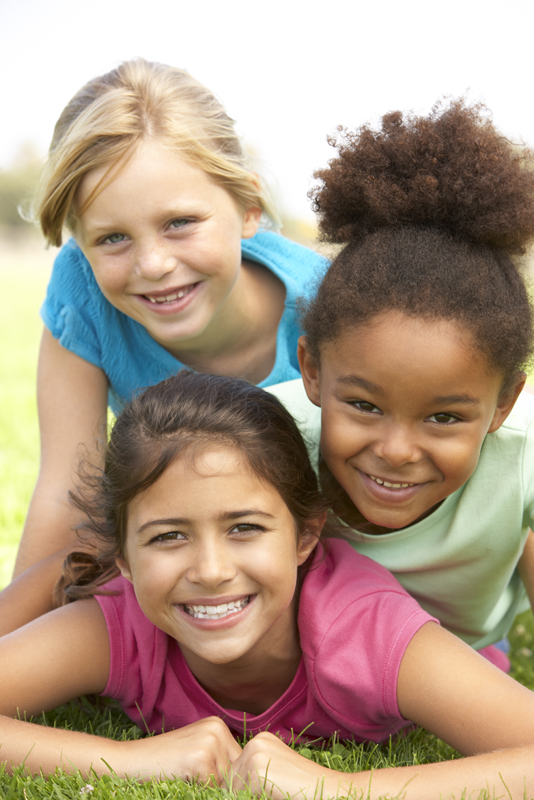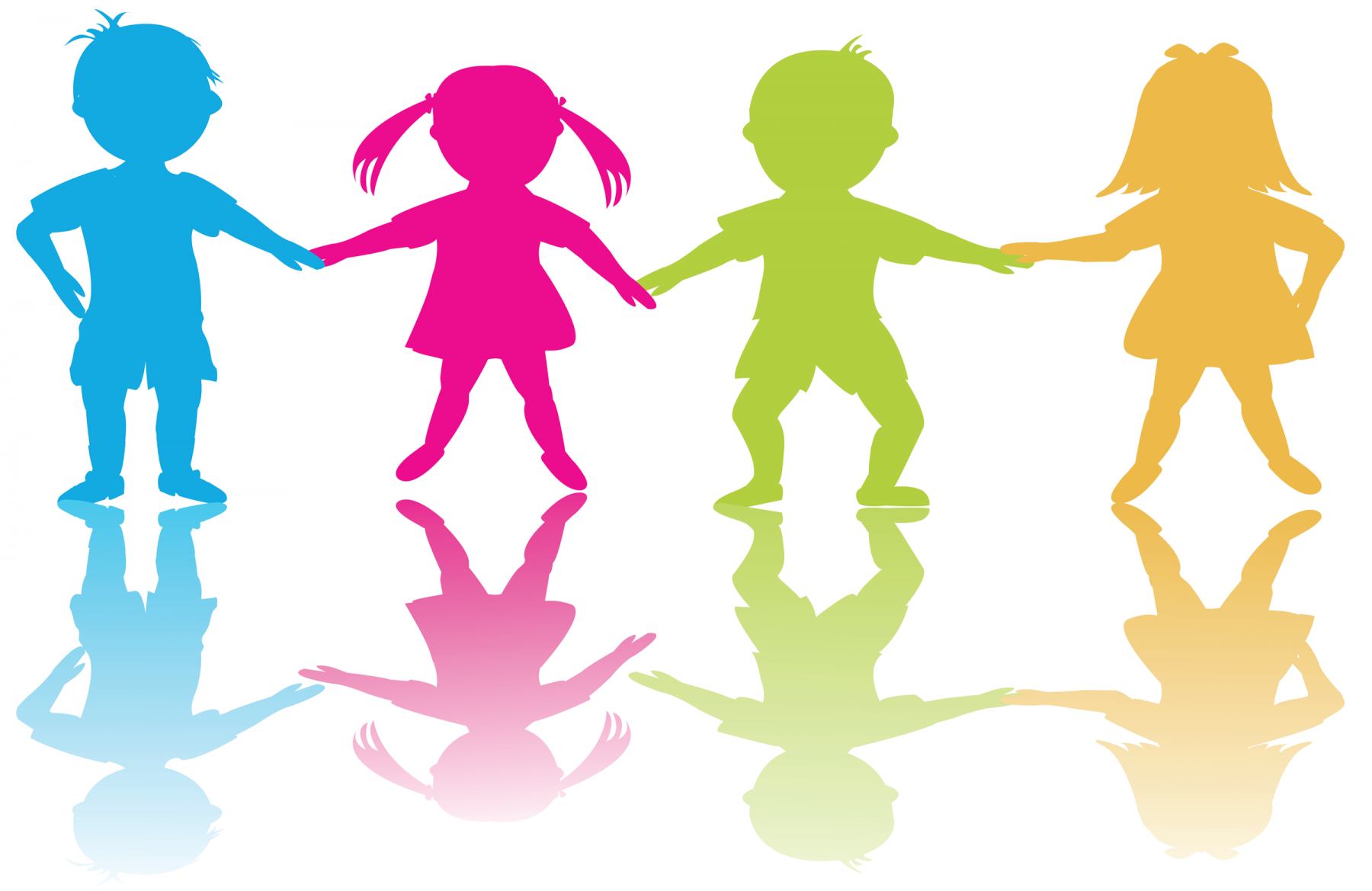My three oldest children started the new school year last week. My daughter started high school, my son began his first year in middle school, and my younger daughter started Kindergarten. As I shooed everyone out the door that first morning praying their day would be a good one, I took a moment to take in the stillness of the house and the quiet the new school year had already beckoned into my home. I thought of all the work I’d get done while they were gone and the nap I might steal before the last bell rang. I realized that like myself, parents all over the county were secretly celebrating these little gifts that the fall had afforded them. While there’s certainly nothing wrong with counting your blessings, it occurred to me how easy it would be to simply wave goodbye to my children in the mornings and let the teachers take care of the rest. That’s what school’s for, right? Wrong! Although school is indeed back in session, our job as parents and co-educators has just begun. If you don’t believe me, just wait until your middle-schooler brings home a mountain of homework.
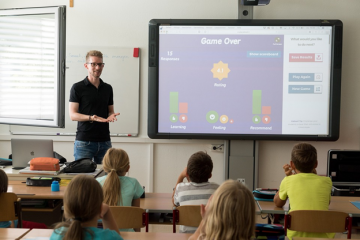
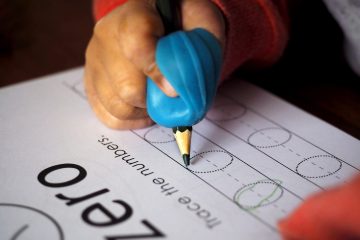
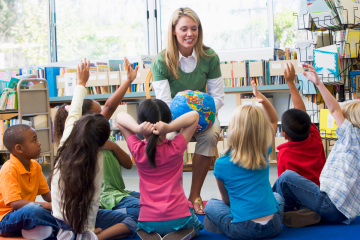
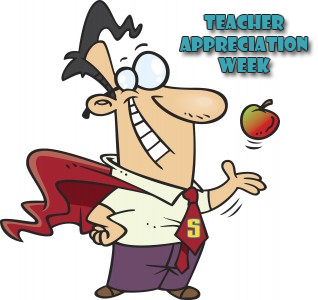
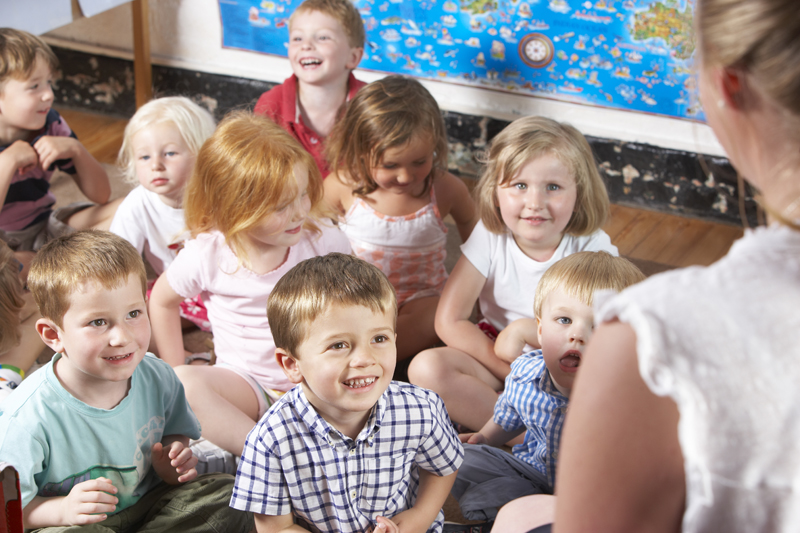
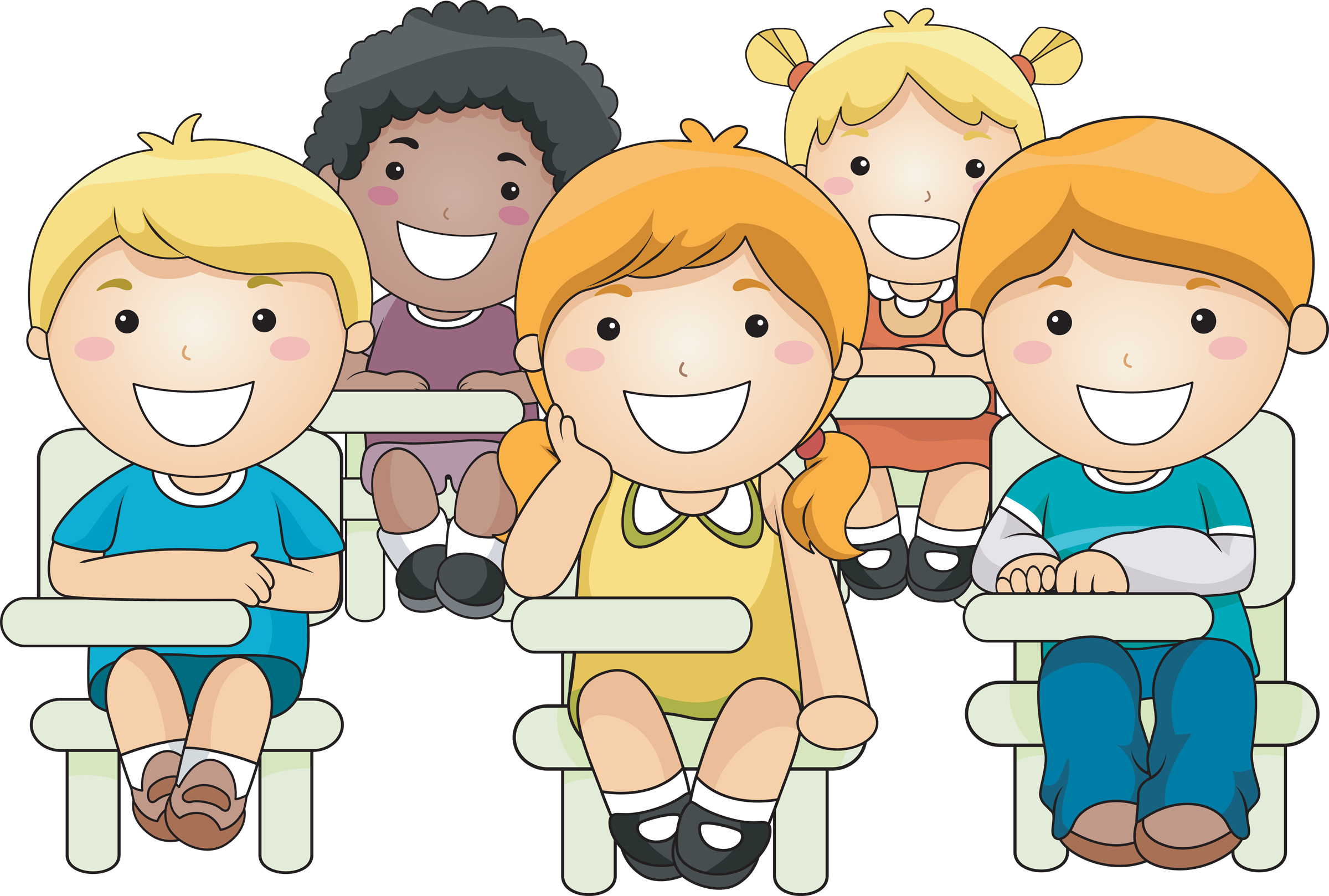
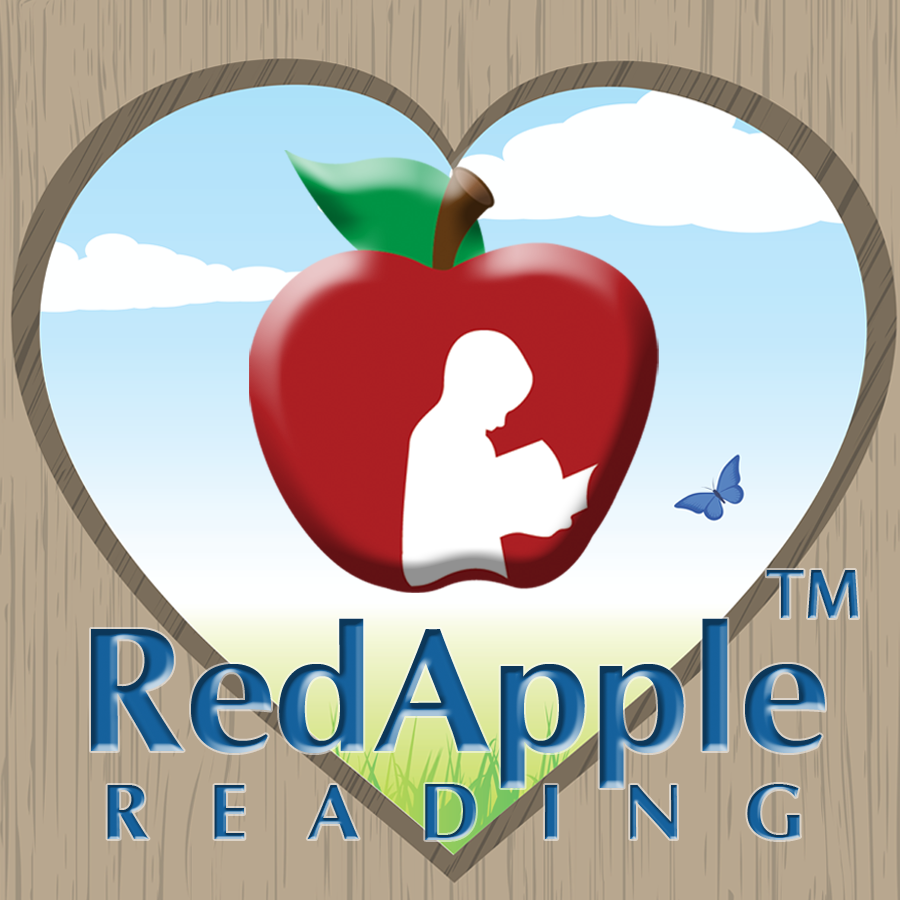
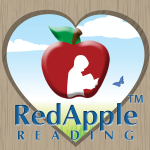 Winter educator offering’s warm response inspires Red Apple Reading to expand packages and streamline new customer process.
Winter educator offering’s warm response inspires Red Apple Reading to expand packages and streamline new customer process.